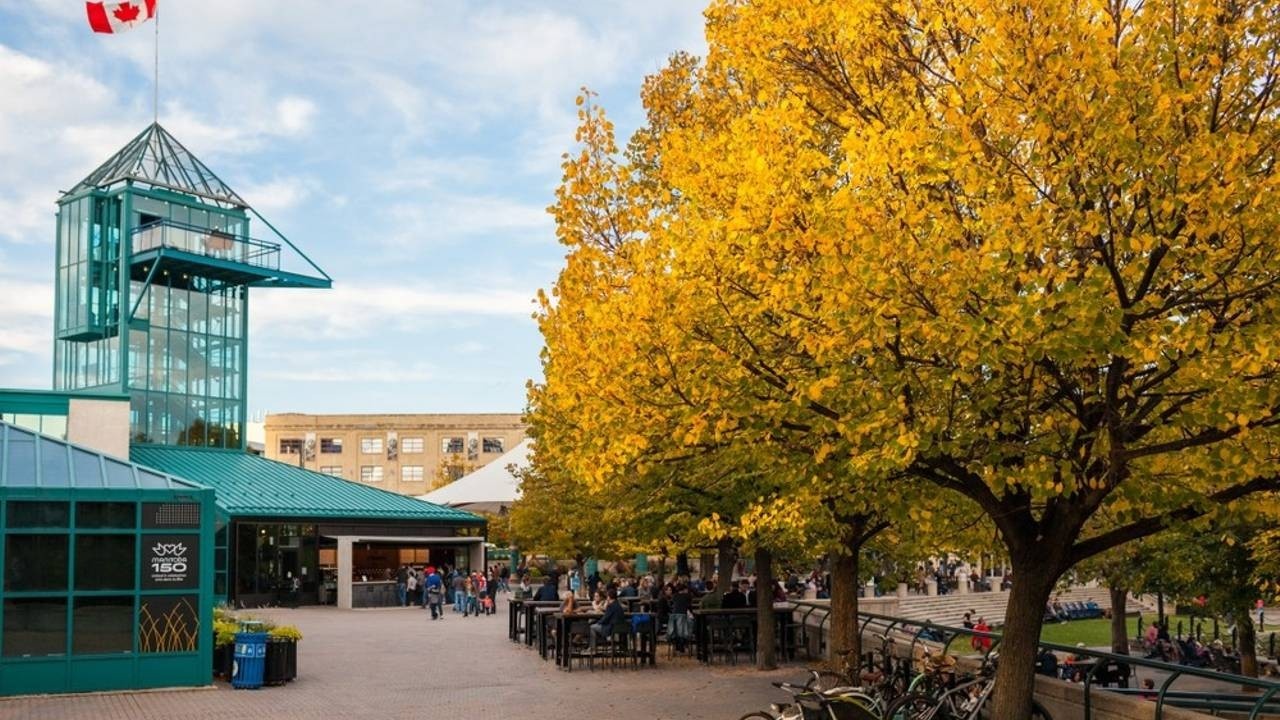Saving our farmland and wilderness through Brownfield Redevelopment

Cities are constantly changing. New buildings get built, old ones get torn down, and land usage changes over time. You may, however, notice certain plots of land that are underutilized and quite frankly – a bit of an eye sore!
If you aren’t familiar with the term already, a brownfield is a commercial or industrial property that is vacant or underused due to past actions and uses that have caused environmental contamination.
Although there are often concerns about soil and groundwater safety due to the threat of contaminants such as hazardous substances, pollutants, petroleum, or other substances, brownfield sites have the potential for redevelopment or other economic opportunities.
Benefits of redeveloping brownfields
Why should we care about redeveloping and revitalizing brownfields in our cities?
For one, brownfields are often located in prime areas of our towns and cities. Not only does this mean that they are unappealing to look at, therefore degrading the overall appearance of the area in which they are located, but they are being wasted!

There are always ways to improve our cities, and instead of sprawling further outwards, we should make use of the vacant plots of land which are available. Yes, this means putting in more work than building on uncontaminated Greenfields (agricultural land) but it is worth the effort! It is estimated that up to 4.5 hectares of greenfield land is saved each time one hectare of brownfield is redeveloped.
Brownfields in desirable locations allow for urban areas to be intensified and revitalized, as these sites are often redeveloped for a wide range of uses including residential, retail, parks, recreational areas, and municipal facilities. Brownfields are often already serviced by roads, water, and sewer systems, making them a natural choice for redevelopment.

And of course, we can’t forget that redeveloping brownfields positively impacts the environment! Instead of letting contaminated land further degrade the environment and migrate off-site, we are able to clean up these locations and improve environmental quality.
By removing perceived and actual sources of contamination, we are reducing health and safety risks for those who work and live near brownfield properties.
Hazards to consider
While there are many benefits to redeveloping brownfields, it is also important to acknowledge that doing so is not an easy task!
In fact, many developers avoid brownfields altogether. This is because when it comes to brownfields, there are many uncertainties about the extent of contamination. Complications may arise and lead to increased costs and delays.

These obstacles make brownfield development more challenging, but it is not impossible! With appropriate environmental impact assessments and risk assessments, professionals are able to gauge the risks and determine the best course of action.
Examples of brownfield redevelopment sites
What exactly can be done with brownfield sites? As mentioned previously, brownfield sites have great potential and can be redeveloped for a wide variety of uses.
Brownfields are often converted into residential spaces. One example is London Lane located in Guelph, Ontario. This site was once used by a cable manufacturing company which resulted in copper contamination.
After significant remediation, this site was transformed into a residential development which includes 105 condominium townhouses and 22 semi-detached units. This residential infill was a great addition to the area which is located near downtown Guelph and a local park.
In Louisiana, a former brownfield was transformed into an opportunity for physical fitness. Located in a prime commercial location was a partially abandoned site with two buildings. One of the buildings was formerly a dry cleaner which left behind groundwater contamination.
A remedial design and project plan was developed in order to address risks at the site and clean it up. One of the two buildings was demolished and converted into a parking lot in order to serve as a cap over the impacted soils. The remaining building was converted into a gym that benefits the community by encouraging healthy living.
Brownfields are often converted into outdoor recreation spaces. For example, in Missouri, a property that was formerly utilized as a bulk oil terminal for the Missouri, Kansas and Texas Railroad was converted into a hiking, biking, and fitness trail.

Throughout the clean up process, over 7,500 cubic yards of oil contaminated soil was removed from the property as well as 12,000 gallons of contaminated water.
The site is now called Flat Branch Park and it is a centre of community activity complete with a playground, public seating, a storm water rain garden, sculptures, and a gazebo that may be rented out for special events.
If you are interested in learning about past brownfield redevelopment projects in the U.S., the Environmental Protection Agency is a great resource. Read about various brownfield success stories that have occurred throughout the United States.
Canadian Brownfields Network is another resource that provides great information from a Canadian point of view!
Stay connected with news and updates!
Join my mailing list to receive the latest news and updates. Your information will not be shared.

